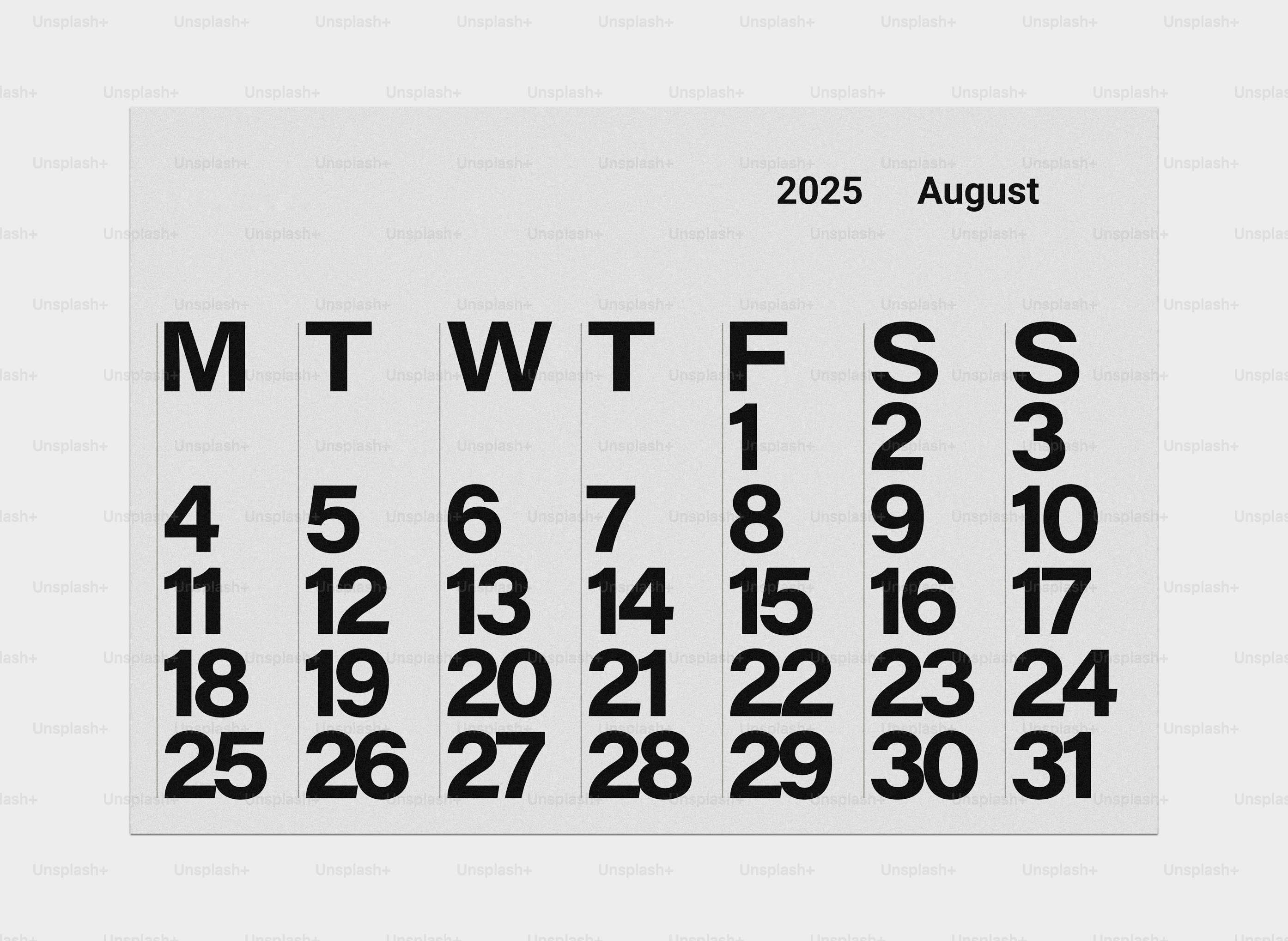From Adoption to Impact: How to Make CRM Work for Your Whole Team
Investing in a CRM system often starts with good intentions. The promise is clear: better follow-up, customer insight, and streamlined team collaboration. However, in practice, many CRM implementations fall short. The system gets launched, some users adopt it, a few workflows are built, and things plateau. Instead of becoming the engine behind your marketing, sales, and service strategy, the CRM is little more than a fancy contact database.
So why do so many CRM systems underdeliver?
It’s not the software. It’s the way it’s implemented, owned, and used. In this article, I’ll walk through how to move from CRM adoption to real organisational impact—and how to make the system work for everyone involved.
1. Adoption starts with ownership
One of the biggest reasons CRM systems underperform is the absence of clear ownership. Without it, CRM becomes "just another tool" for which no one feels responsible. And when everyone assumes someone else is managing it, the system quickly becomes outdated, fragmented, and underused.
What’s more, as long as no one owns the CRM from a strategic perspective, important choices tend to be avoided. For example, should CRM serve sales efficiency, or should marketing insight be a priority? These decisions often involve trade-offs; if no one makes them, every team does it their way. That leads to fragmented processes, inconsistent data, and missed opportunities to standardise and improve.
To avoid this, ownership needs to be structured across three dimensions: strategic, functional, and technical. Who owns the CRM strategy and ensures it's aligned with business goals? Who manages the day-to-day use and workflows? And who maintains the system technically?
Without clarity on these roles, adoption stalls. With it, the CRM becomes a living system that evolves with your business.
2. Bring everyone to the table from the start
Too often, CRM systems are implemented by a single team, usually sales or marketing, without involving the broader organisation. However, CRM data and processes affect almost every department: sales, marketing, customer service, operations, and sometimes even finance.
When only one perspective is used to design the system, you end up with a CRM that works great for that team—but adds friction for everyone else. The solution? Involve representatives from each team in the design phase. What do they need from the CRM? What do they expect to contribute? And how will the system support their day-to-day work?
The more inclusive your process, the higher your long-term adoption and cross-functional value.
3. Build around processes, not just data
CRM should reflect how your organisation works, not just hold a bunch of names and email addresses. Many implementations focus too much on "fields" and not enough on "flows". But it’s not about whether you track someone's job title. It’s about what happens when they fill out a form, request a demo, or sign a contract.
Design your CRM around real processes. What happens after a lead comes in? Who follows up? What data needs to be captured at each step? By focusing on flows, you’re building a system that supports action, not just storage.
4. Make the CRM useful for everyone
Adoption doesn’t happen because you ask people to fill out fields. It occurs when the system makes their job easier or gives them insights they couldn’t get before.
For marketing, that might mean better segmentation or real-time feedback on campaigns. It could be pipeline visibility or easier access to customer history for sales. Support might involve knowing the customer’s whole journey before picking up the phone.
If the CRM only feels useful to one department, the rest won’t engage. Make sure everyone gets something out of the system—not just something to put in.
5. From adoption to impact: measure and optimise
Once your CRM is live, the real work begins. Adoption is just the first step. To create a long-term impact, you must measure usage, monitor data quality, and gather user feedback.
Are workflows being followed? Is data being captured consistently? Are people using the system as intended? And more importantly, is it helping them do better work?
Plan structured check-ins after 30, 90, and 180 days. These moments help you course-correct early, improve user experience, and increase the value the system delivers over time.
Conclusion: CRM works when it works for everyone
A CRM system isn’t successful because it’s implemented. It’s successful when it becomes part of how your organisation operates.
That requires more than a good tool. It takes ownership, process thinking, cross-team collaboration, and a constant focus on value.
Need help getting there? I’d be happy to help you design or rework your CRM strategy to make it work for your team. Use the form below to get in touch.


